2009 Saab 9-3 XWD Review

The Saab 9-3 Sedan never really hit the BMW 3 Series-shaped target the way its masters at General Motors had promised. Despite a rakish design and powerful engines, the 9-3 is always let down by its iffy cabin quality and enormous torque steer. And Saab had a hard time explaining why its sport sedans were only offered in front-wheel drive versus the rear- or all-wheel drive competition.
FAST FACTS
| 1. Base models start at $30,360 with the upgraded Aero costing $44,380. |
| 2. A 210hp turbocharged 2.0-liter is standard with an optional turbocharged 2.8-liter V6 making 280hp. |
| 3. Saab also offers the 9-3 XWD as a SportCombi wagon. |
| 4. Already excellent AWD system gets upgraded on Aero models with an electronic LSD that can distribute power side-to-side in the rear. |
Given Saab’s Swedish parentage and snowy hometown, you wonder why it took the company so long to come out with an all-wheel drive system, especially since fellow Swede Volvo has been playing with four driven wheels for over a decade. However, given how late the 9-3 XWD is to the party, it had better be a good dancer.
Thankfully, it is.
EXCELLENT ALL-WHEEL DRIVE SYSTEM
Saab claims its XWD (pronounced ‘Cross Wheel Drive’) is smarter than other front-wheel-drive based systems because XWD is ‘pre-emptive’, meaning no wheel slip is required before power routes to the rear, which gives maximum traction at launch.
In the performance-oriented Aero model, an additional electronic limited slip differential routes power across the axle to whichever wheel can handle it, much like Acura’s SH-AWD.
And unlike models from some competitors, the system can be had with either a six-speed manual or optional automatic transmission. All XWD models also get larger brake discs front and rear compared to plebeian 9-3s, and a full safety suite including ABS, EBD, traction and stability control, along with active head restraints, six airbags and GM’s OnStar system.
280 HORSEPOWER ‘AERO’ MODEL A BETTER FIT
While XWD is available in every 9-3 Sport Sedan, the base 210-hp 2.0-litre turbocharged four-cylinder engine doesn’t seem the best choice for enthusiasts, although it does make for a refined cruiser, and is reasonably fuel efficient (19/29 mpg city/highway) thanks to direct injection.
No, XWD is better suited to Aero with its 280-hp turbocharged 2.8-liter V6, firmer suspension and corner-carving attitude, although you’ll pay at the pumps for your enthusiasm (15/24 mpg city/highway). Power delivery is old-school turbo, meaning some lag at first, then a big kick of torque. The front-wheel drive versions running the bigger engine were always a handful under full throttle, but the XWD turns that into motivational force in a hurry. No torque steer whatsoever.
Once up to speed, the Aero almost seems too ready for action, with a nervous chassis that never really settles down, especially on less than perfect surfaces. And this is with the standard 17-inch wheels and Pirelli tires, not the optional $750 18-inch wheels with even lower-profile rubber. But give it your full attention with both hands on the wheel, and the 9-3 Aero shows moments of sheer brilliance. This is the first Saab you can power oversteer.
The design is still one of Saab’s best, and by reintroducing the clamshell hood with the facelift a couple years ago, the company hit a high point. It also dealt with most of the complaints that centered on the less-than-perfect cabin. Gone are most of the cheap interior plastics, replaced with soft-touch materials and sleek design. There’s even an optional DVD-based Navigation system available, although at $2,840, it’s almost criminally priced.
On the $44,380 Aero, all the luxury toys come standard, including xenon cornering headlamps, rear park assist, red walnut decor on the doors and gear lever surround, metallic decor on the glovebox, front fog lamps, eight-way power seats, heated front seats, high-pressure headlamp washers, a power moonroof, and express-up power windows. Full leather seating is a $1,500 option.
THE VERDICT
The Aero gets expensive quickly and competes directly with the heavy hitters from BMW and Mercedes-Benz. While the Aero is a capable car and more powerful than the C350, it’s overshadowed by the Benz’ build quality and confidence-inspiring solidity at a lower price. Both the exquisite twin-turbo 335i sedan and twin-turbodiesel 335d are equally able to kick up their tailpipes at the Aero, with the former even being available with xDrive all-wheel drive. Audi no longer offers a V6 in the A4, although a quattro-equipped model with the excellent 2.0 TFSI engine is a serious contender for the base 9-3 XWD.
So ignore the obvious. The best thing about the Aero? That it’s available as a wagon. The $44,560 SportCombi might be more expensive than the already pricey Sedan, but it brings huge carrying capacity to the segment without stepping up into an SUV. Neither Audi’s A4 Avant nor BMW’s 3 Series Touring are available with anything more than a couple hundred horses, and Mercedes-Benz abandoned the C-Class wagon altogether in favor of the GLK. That’s where Saab should be applauded for its efforts: creating a genuinely rapid Q-car hauler rather than a failed attempt at a BMW 335i.
PLUS
- Dramatic styling
- Supportive seats
- Turbocharged power delivery
MINUS
- High entry price
- Kitchy handbrake lever
- Twitchy handling
RELATED READING

Mark has worked as an automotive journalist for over 10 years, starting as a student at Centennial College, in Toronto, by launching an auto-review section in the college paper, The Courier. Since then, he's been Editor of Inside Track Motorsport News and its Streetwise section of new-vehicle reviews and industry news, done stints at Carguide and World of Wheels, and currently works as an award-winning freelancer for AutoGuide.com, MSN Autos Canada and more. He's also a first-time father, so don't be surprised if the frustration of properly installing a car seat creeps into his work.
More by Mark Atkinson

















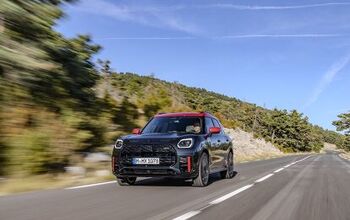



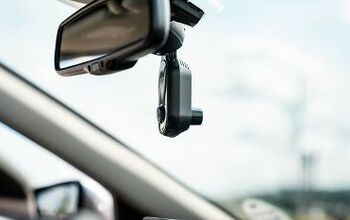

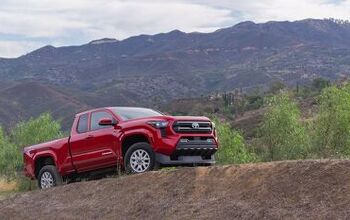
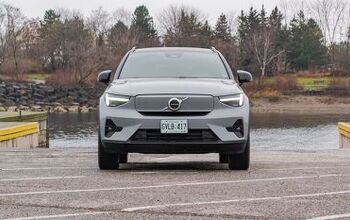





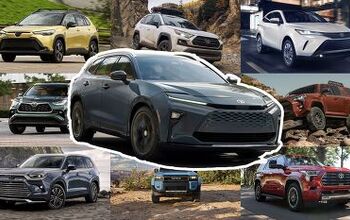
Comments
Join the conversation